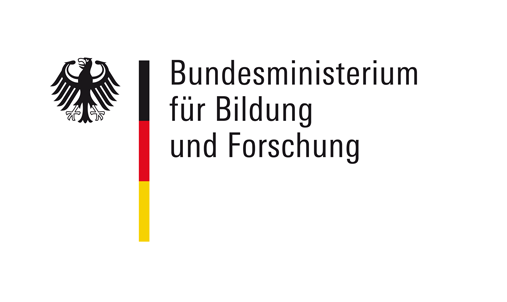Large-scale vacuum functionalization of flexible ultra-thin glass on a pilot scale


The Fraunhofer FEP addresses application development for ultra-thin glass with an in-line process chain for vacuum functionalization on a pilot scale. This consists of substrate cleaning, handling, inspection and electro-static chucking in an in-line vacuum process.
An in-line process chain for surface engineering of flexible ultra-thin glass was set as part of the BMBF-funded Glass4Flex project (Funding reference 13N14615). It enables the processing and vertical in-line vacuum coating of this innovative substrate material on a pilot scale up to a size of 1200 × 600 mm2 and consists of the following components:
- Ultrasonic wet cleaning (SCHMID GmbH): mildly alkaline ultrasonic true in-line process with DI water rinsing and drying station with output to a class 6 cleanroom.
- Transfer station (Adenso GmbH): air cushion transport of the glass from the cleaning output to the e-chuck for precise positioning and fixation of the glass in preparation for the electric chucking process.
- Electrostatic chuck system (ProTech GmbH): fixing the substrate for transport in a vertical in-line vacuum chamber without any front or edge surface contact. Equipped with in-line control of the chucking voltage for adaption to various plasma processing steps.
- Glass inspection using white light interferometry (GBS GmbH): incl. large-area rapid scanning of the full glass surfaces to detect particles or defects followed by precise imaging of the areas of interest.
The processing of flexible ultra-thin glass using this pilot line enables precise, reliable, reproducible and homogeneous coating in the ILA 900 vertical in-line vacuum coating system under production relevant conditions. Optical layer stacks as well as transparent conductive and / or metallic films can be applied for a wide range of applications, e. g. in optics, sensors, electronics or display technology. Another unique feature is the directly in-line integrated station for flash lamp annealing for cost-efficient and resource-saving annealing of surfaces and coatings. The thin glass process chain, thus, offers a pioneering technology platform for the development, demonstration and piloting of a wide range of process and application options for thin layers and modified surfaces on ultra-thin flexible glass down to a minimum thickness of 30 µm.
 Fraunhofer Institute for Electron Beam
Fraunhofer Institute for Electron Beam